
Lambda, 2025
Max Cerami and Tristan Huber
Walnut, maple, bronze, steel, plastic, electronics
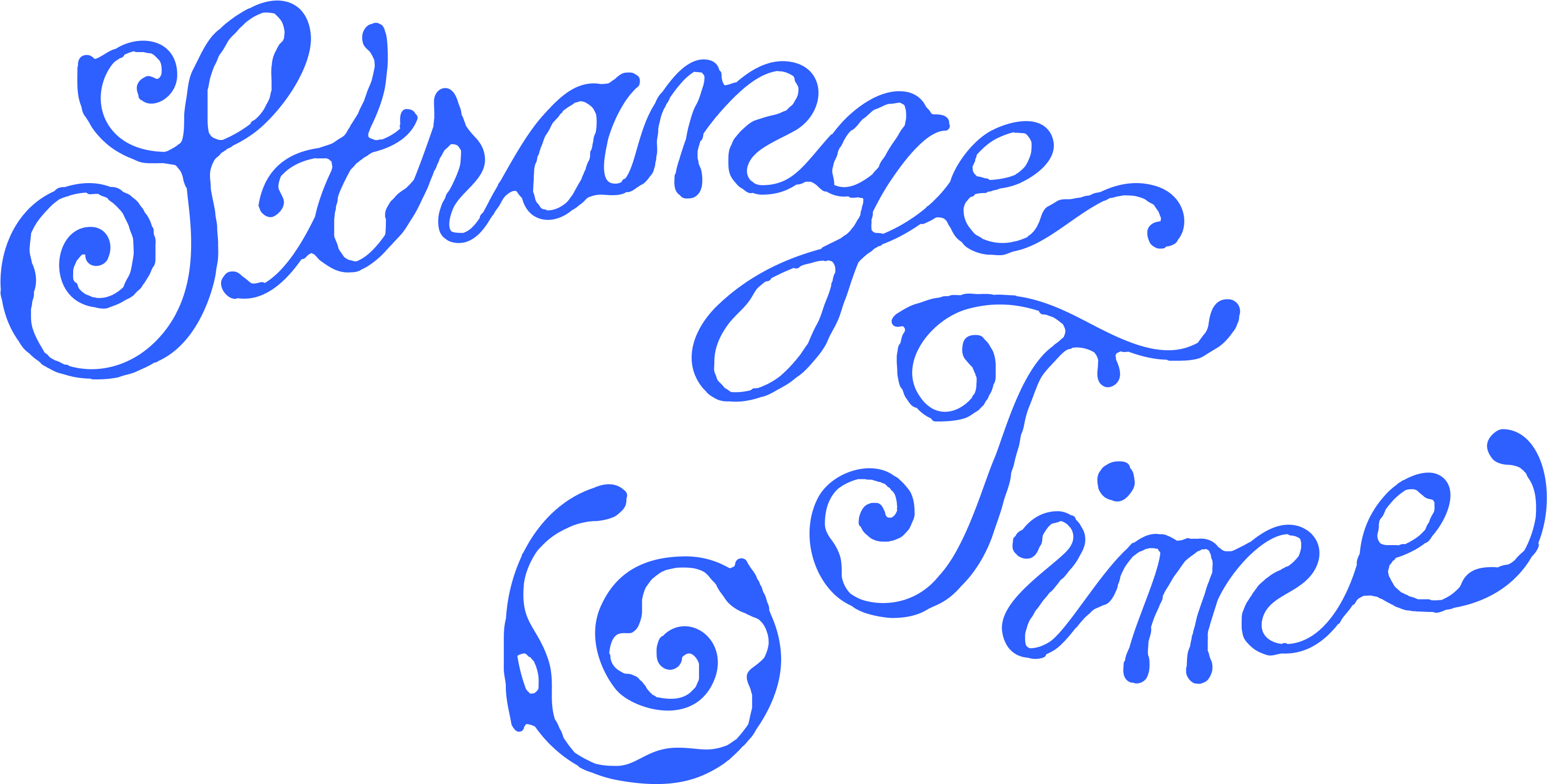
The clock is a symbol of the modern conception of time: absolute, quantifiable, precisely measured. Time becomes a unit of labor, a resource to be mined. This conception of time is incongruous with the natural cycles of cosmos, body, and spirit.
Strange Time showcases novel timekeeping devices alongside poetic representations and commentaries on time. We invite viewers to imagine a weirder physics of time, and thereby conceive of new ways of being, free of the rigid structure imposed by the ticking clock.
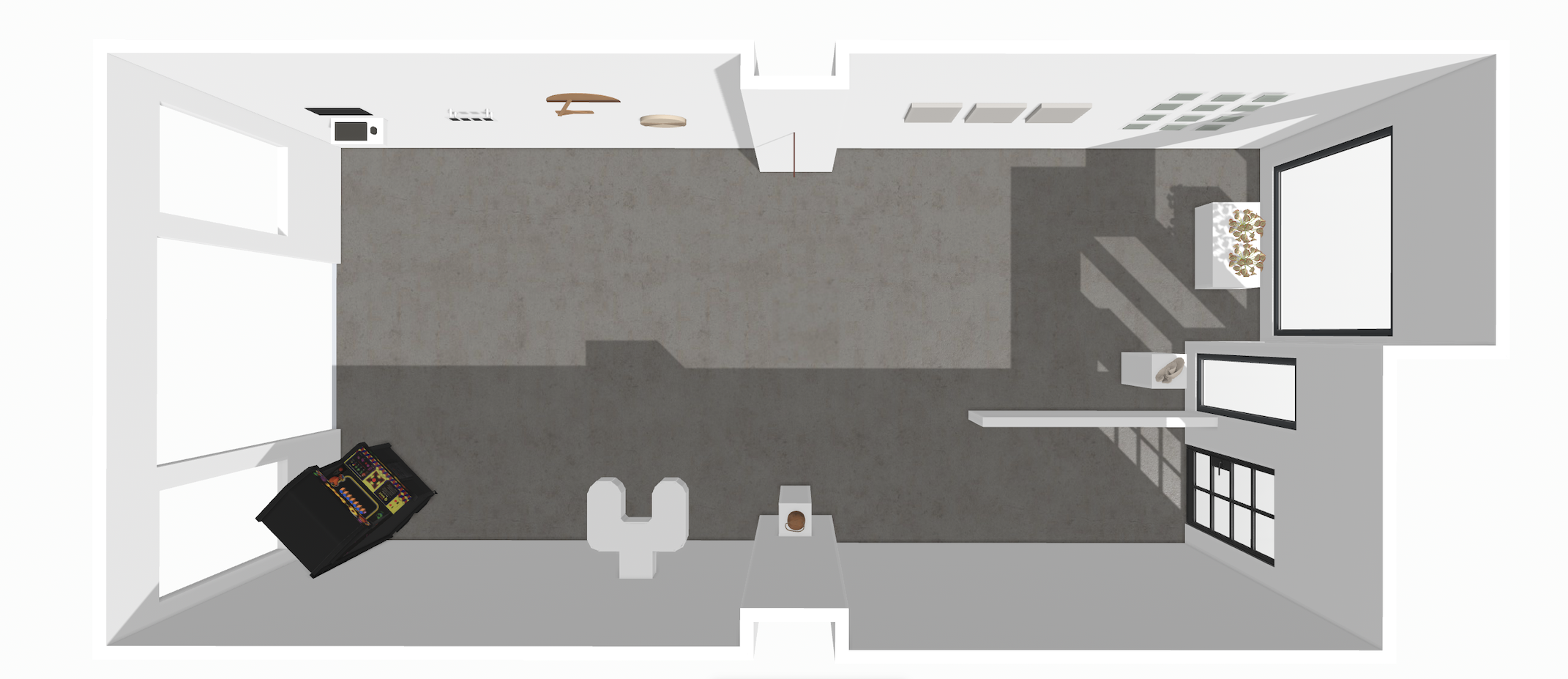

Lambda, 2025
Max Cerami and Tristan Huber
Walnut, maple, bronze, steel, plastic, electronics
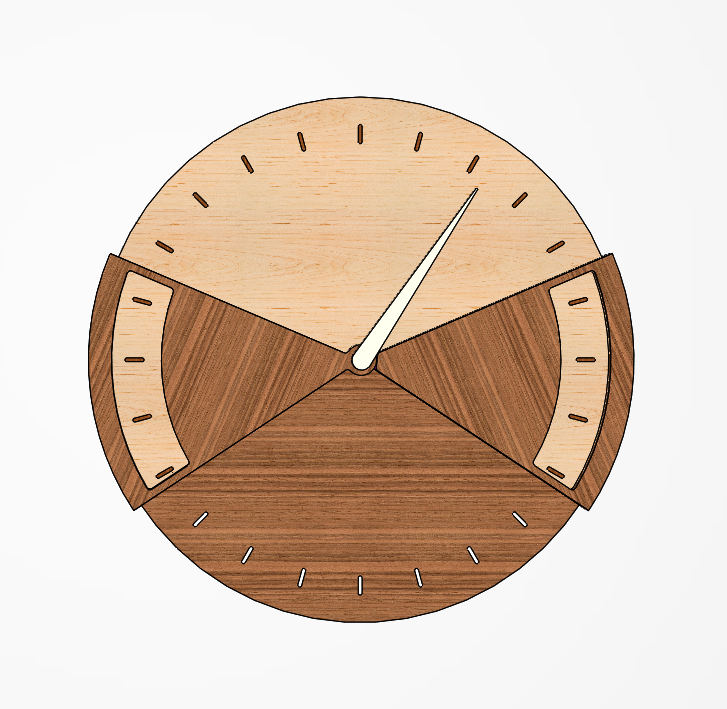
Wing, 2025
Max Cerami, Tristan Huber, and Cyrus Cryst
Walnut, maple, bronze, steel, plastic, electronics

Clock Poem, 2025
Alex Miller
LCD screens, electronics, code, acrylic
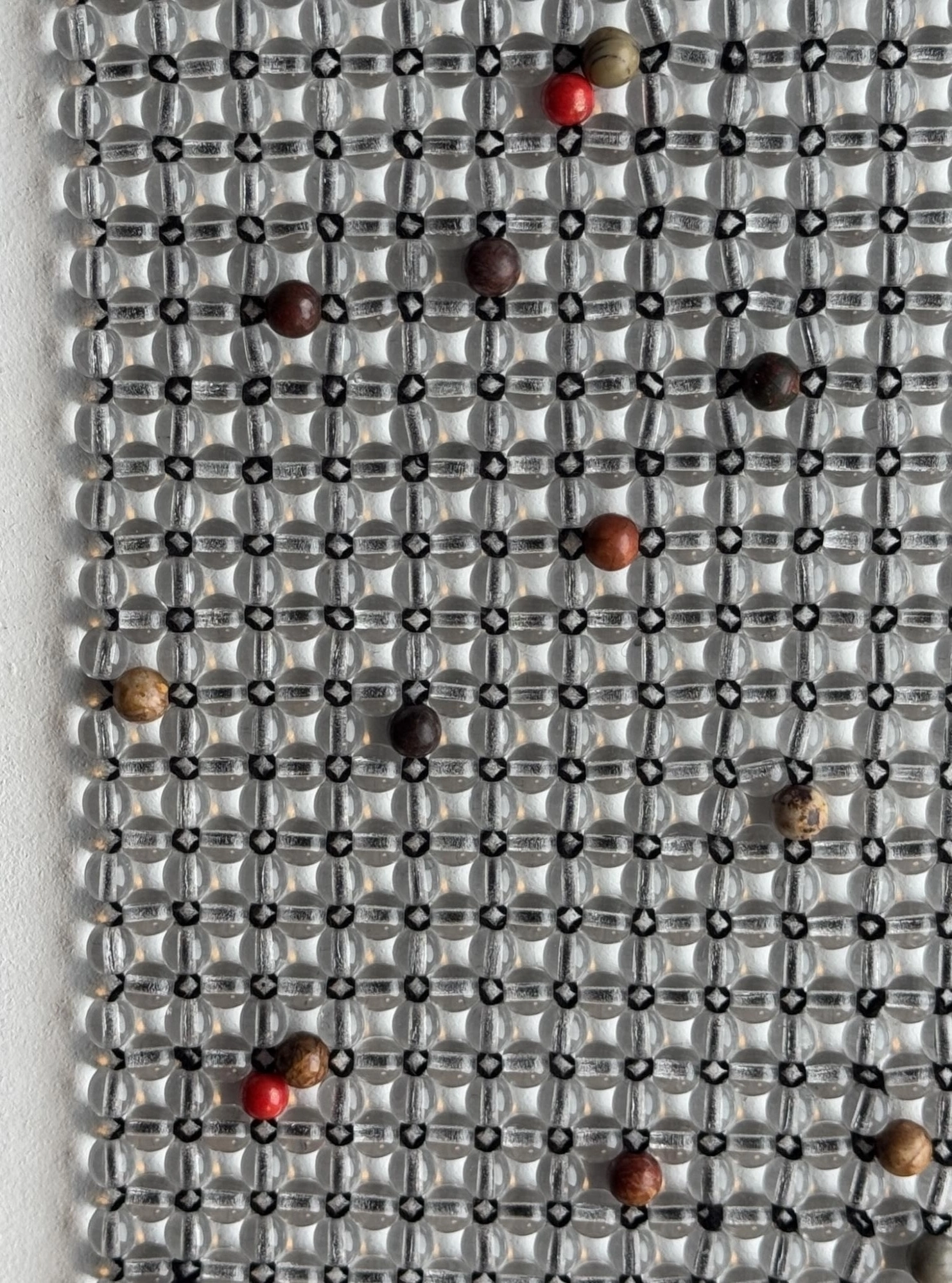
Inclusions, 2025
Shelby Wilson
Glass, jasper, cotton

Lenticular Temporalities, 2025
Zainab Aliyu
Lenticular prints, aluminum, LEDs

Laidnus, 2025
Bar Smith
Walnut and 3D printed parts
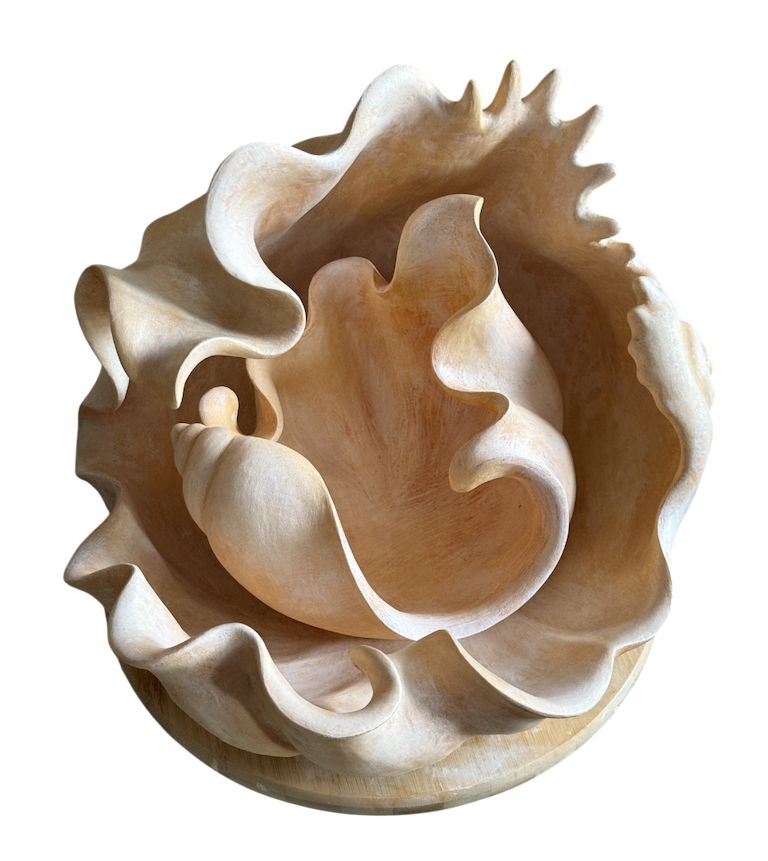
Tidal Altar, 2025
Allison Chan
Clay

Meditations, 2025
Mick Marchan and Alex Nagy
Audio sculpture

Flower Clock, 2025
Melissa Winstanley and Max Cerami
Felt, plastic, clay, wood, electronics












Solar Drawing Series, 2024
Betsy Kenyon
12 C-print mounted on Plexiglas

Rush Rabbit Turtle Time, 2025
Callan Berry
Arcade game

dis/appear, 2024
Katy Ilonka Gero and Maxwell Neely-Cohen
Website
Lambda, is a clock that shows no demarcation of hours on its face but a single division of light and dark toned woods. As the clock’s hand traces the odd oblong shape of the face, it shows where this moment falls within the current day-night cycle. The hand crosses from light to dark wood at the same moment the sun passes below the horizon. It then tracks slowly along the dark wood just in time to cross back into the light wood section with the next sunrise.
The further from the equator, the seasonal change in a day’s length increases dramatically. For instance, In Seattle, summer and winter daylight hours differ by almost 8 hours - knowledge of how to maximize one's exposure to this brief whisper of winter sun is critical to mental health. To capture and display this vital information, a small onboard computer coupled with a GPS updates the speed the clock travels over the light and dark portions daily.
If desired, Lambda can be hung at the arctic circle and show a percentage of time until the next sunset even if it is many months away.


Wing
Max Cerami, Tristan Huber, and Cyrus Cryst
2025
Walnut, maple, bronze, steel, plastic, electronics
While standard time treats of the rotation of the earth speed as constant, Wing imagines a 24 “hour” demarcated clock where the length of day is ever changing, noon is always when the sun is overhead, and the minutes between each hour marking are almost never 60.
Like Lambda, light and dark toned wood represent day and night respectively, but in this clock, two moving wings adjust to show the total percentages of day and night on a given day.
A cutout in each wing also shows the seasonal percent of day and night we have to gain or lose - this is useful if it's early January and one is looking for hope of days growing longer or a bit deflating in early fall as one stares past the infinite horizon towards the inevitable dark.
Because of their construction and programming, these clocks can be hung almost anywhere in the world and show the viewer the correct length of day and night. You can turn the selection switch mounted on the wall to choose different cities and see what the clocks would be showing if mounted there at this moment. The clock defaults back to its current location after a set amount of time.

Four animations, generated using computer code, track the passage of time as it spills into the world. Not exactly clocks, but not exactly not clocks, these animations flirt with the legibility of time-telling devices, but ultimately eschew practically to express the flavor of time: a time that grows, connects, decays, and washes over us.

A uniform fabric of transparent glass beads, interspersed with jasper stones and opaque red glass, forms a record of time. As these beads were woven together, a timer was set to interrupt every 10 minutes, at which point a jasper bead was included. At the end of each working day, a red bead was incorporated into the lattice. Thus, the fabric captures the time and labor of its own construction: it is time, kept and crystallized.
The title Inclusions refers to a geological phenomenon in which a foreign material is trapped inside of a mineral during its formation. Inclusions act as time capsules, providing information about the conditions in which a crystal was formed, useful in determining its origin and history.

A series of prints that use the metaphor of the lenticular — a technology revealing multiple images from different angles — to expose concealed narratives, distortions and illusions that uphold oppressive systems. The works examine the shared logics of extractive expansion between Silicon Valley and Spanish Missions, the power consolidation of Zuckerberg’s Facebook and Gutenberg’s printing press, and the parallels between early computer memory and the opele divination chain, a form of ancestral memory in Yorùbá Nigerian cosmology. By layering these histories, the series reveals how systems of control persist across time while foregrounding an alternate imaginary of entangled time that resists erasure.

The camera is pointed at the sky only. Betsy Kenyon uses both her body and a weather-worn analog pinhole camera to make drawings with the sun. The sun as light source, as the element of fire, as a point to circle, creating lens-like shapes in space. The circle; eternity, continuity, a course of time, a cycle. Based out of NYC where the sky is often unseen or forgotten she travels on foot, by plane, in a van making these solar drawings throughout the United States. They radiate and glow, continue and break up, they flare and overlap, revealing seasonal changes and fluctuating weather with the spectrum of color timely and unique to each momentary exposure.

Eclipse I Spring, Solar Maximum, 2024, single-continuous, flares

Eclipse II Spring, Solar Maximum, 2024, single-continuous, flares

Eclipse III Spring, Solar Maximum, 2024, single-broken

Summer, Solar Maximum, 2024, single-broken, flare

Summer, Solar Maximum, 2024, double-continuous, flares

Summer, Solar Maximum, 2024, multiple-continuous, holes

Summer, Solar Maximum, 2024, double-continuous

Fall, Solar Maximum, 2024, double-broken, intersecting

Fall, Solar Maximum, 2024, single-continuous, flares

Fall, Solar Maximum, 2024, double-broken, intersecting

Winter, Solar Maximum, 2024, single-broken

Winter, Solar Maximum, 2024, single-broken
Flower Clock is a kinetic sculpture built on the behavior of eight different blooms that respond strongly to the sun. Different species of plants open and close their flowers at different times of day; with enough varieties of flowers, one can estimate the current time based on which flowers are open. Such a “clock” is unreliable at giving a precise time, but when we live together with nature, we find our rhythms attuned - like flowers - to the movement of the sun rather than the movement of the hand of a clock.
Like a traditional human-made clock, Flower Clock uses mechanics to control movement, but it moves artificial flower petals rather than a clock hand. Opening times are based on the current day’s sunrise and sunset; lest we forget the imprecision of nature, it also has small random deviations in timing.
Blue morning glory
Ipomoea nil
pre-dawn to evening
Tulip
Tulipa Apricot Parrot
dawn to afternoon
Yellow pond lily
Nuphar polysepalaearly morning to dusk
Purple Salsify
Tragopogon porrifoliusmorning to noon
Scarlet mallow
Pentapetes phoeniceanoon to pre-dawn
Spinystar cactus
Escobaria viviparaafternoon to late
evening
Moonflower
Ipomoea albadusk to dawn
Sunflower
Helianthus annuusrotates to follow the sun

A stoneware vessel embodying life at the soft seams of the earth, where celestial rhythms press the ocean into sand, air salts the wild cabbage, and water keeps the time. As the moon’s gravity pulses the tide from high to low each day, water snakes and pools along earth’s shallow surface, carving out beds for algae and mollusks and starfish to rest. Over time, the tide sculpts the shoreline into its likeness—sinuous and rhythmic, curling and cresting; the wave-fringed shape of memory.


Laidnus
Bar Smith
2025
Walnut and 3D printed parts
For most of human history the idea of time was interchangeable with the idea of "where is the sun now?" Standardization of time by railroads and industry in the 19th century disconnected us from the idea of local time. Laidnus is an inverse sundial, translating the current time into the sun's current location reconnecting the viewer's time with the astronomical world.

To experience this installation, please:
Time is often read instantly – a glance at a clock imparts immediate meaning. In contrast, Meditations resists this immediacy by submerging listeners into a sound bath where the passage of time becomes a prerequisite for reading it. This installation offers a meditative alternative to conventional clocks, whose nature can reinforce feelings of urgency and pressure.
The sound of Meditations takes inspiration from the New Age aesthetic that has taken hold of Western perceptions of mindfulness practices. All sounds presented in this installation, including the rain, are completely synthetic and algorithmically generated in real-time. While it may be audible from a distance, the soundscape of Meditations will only be revealed to listeners who decide to sit between the tuning fork shaped sculpture. This physical relationship that the listener must negotiate with the sculpture acts as a reminder that time should be read with intention.
The current hour, minute, and second can be identified by observing the rhythm of different tones. Binaural audio is also used to spatialize each tone to match the position of the corresponding analog clock hands.
For more information or if you were unable to listen to Meditations, please visit mkmarchan.github.io/2025/03/01/meditations.html.


Rush Rabbit Turtle Time
Callan Berry
2025
Arcade game
Rush Rabbit Turtle Time is both a functional arcade game, and a fictional origin story of the game. Within the fictional world, Japanese arcade developer Kai Beck develops the cabinet as part of a 1993 experiment by the fictional HareWare Studios (a subsidiary of Usagishima Heavy Adhesives Co.) to maximize playtime via purposefully obtuse gameplay. Players wishing to skip time-wasting sections are encouraged to expedite actions through payment—a feature that the functional arcade cabinet actually supports.
The artist Callan Berry blurs reality and fiction, fusing his identity as an artist with the character of game developer Kai Beck, in order to raise questions about the relationship of real and fictional time, currency, culture and identity.
A synopsis from fictional user manual reads:
The evil Turtle Wizard has stolen your speed!? Guide Rush Rabbit through the Wizard's evil ranch-style home featuring over 10 different locked doors! Collect all 100 coins and defeat Turtle Wizard to get your speed back in time for the school's Inline Skate prom!

"dis/appear" is a simple tool for animating poetry over time.
Try to see a poem as a glacier does. Or see it on the timescale of a beam of light. The only
important thing is to see it anew.
